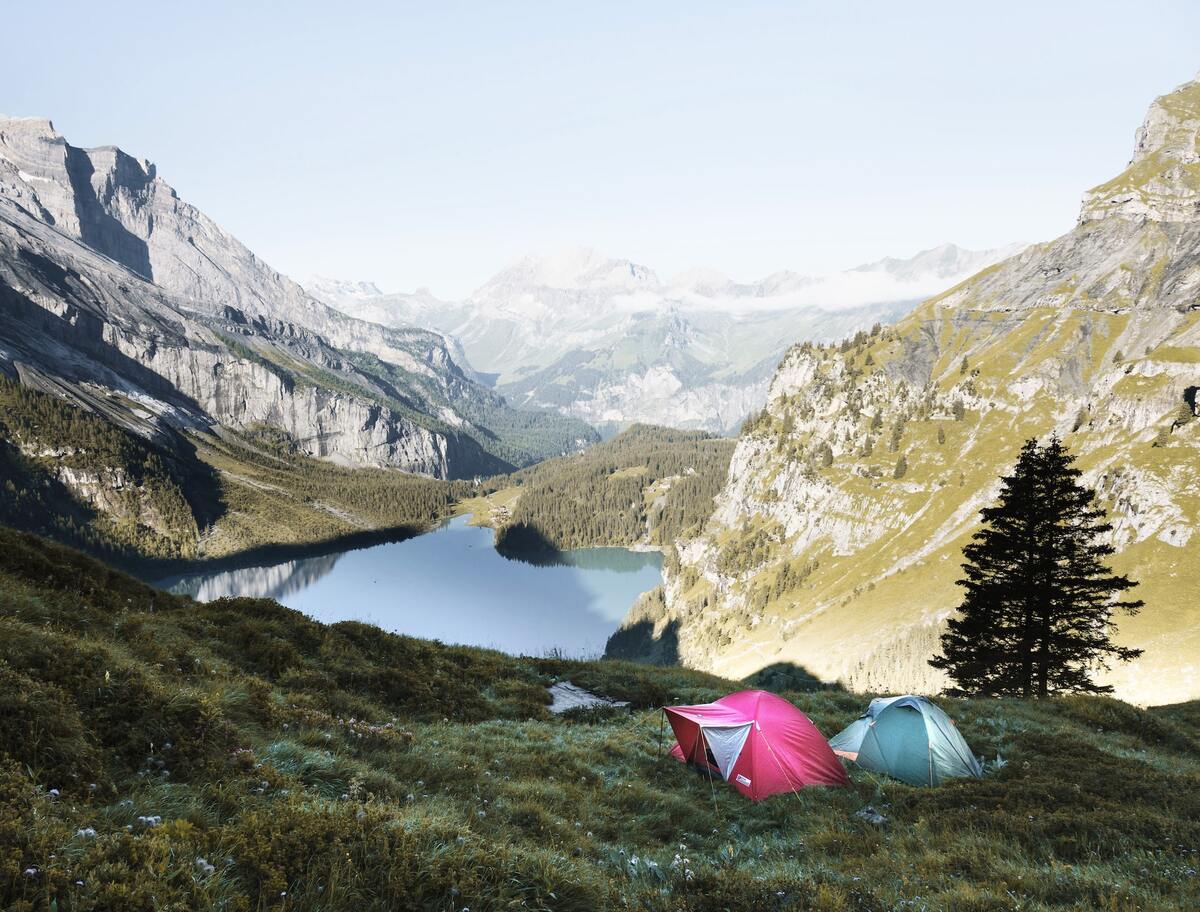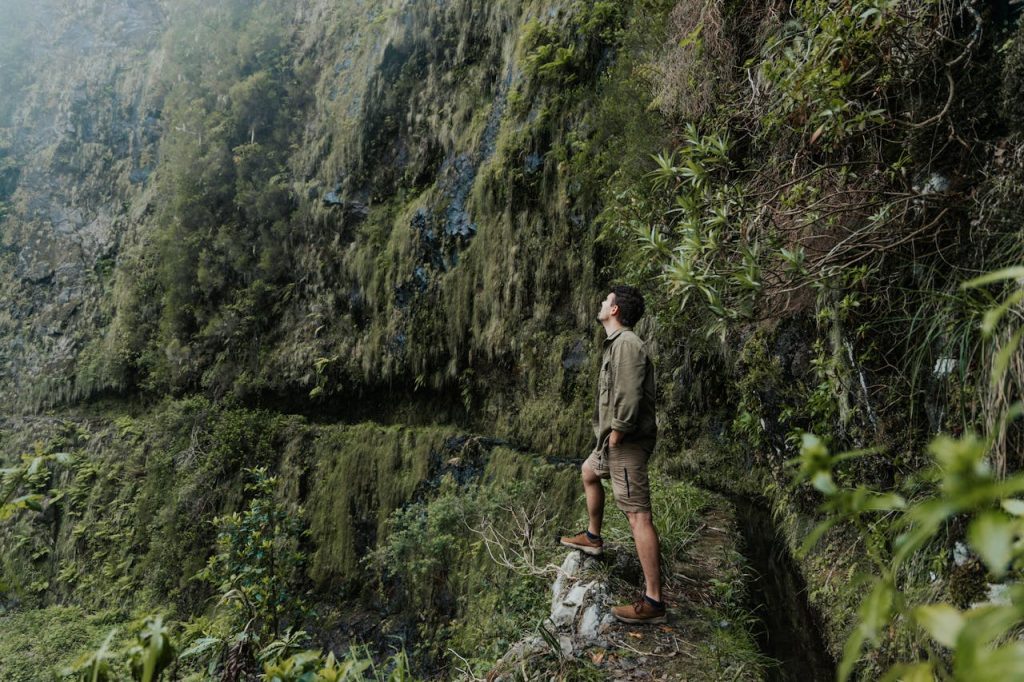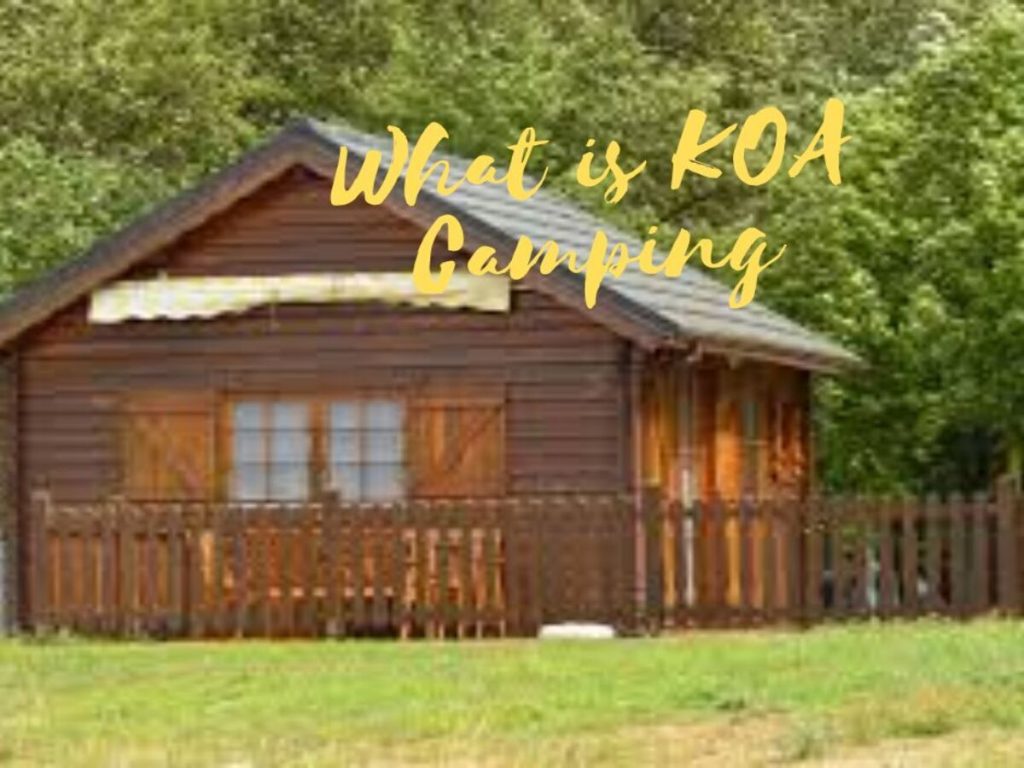What is dispersed camping? How can you go about finding the perfect spot for your next camping adventure? These are the questions that many outdoor enthusiasts have been asking as they seek out new and exciting ways to explore the great outdoors. If you’re looking for a more remote and secluded camping experience, then dispersed camping is what you’re looking for! In this article, we’ll dive into what dispersed camping is, how to find dispersed camping sites, and what you need to know to have a safe and enjoyable camping trip. So grab your camping gear, and let’s hit the road!
What is dispersed camping?
Table of Contents
ToggleDispersed camping, or primitive camping, is where you set up camp outside a designated campground or established camping area. Instead of pitching your tent in a specific site with amenities like picnic tables and fire rings, you choose your spot in a more remote location, often in a national forest or public land.
With dispersed camping, you can choose your spot, which means you can often find a more secluded and peaceful setting than a traditional campground. It’s a great way to escape the hustle and bustle of busy campgrounds and experience the natural beauty of an area in a more intimate way.
However, dispersed camping also requires more planning and preparation than camping in a designated campground. You’ll need to bring your water and supplies, and you’ll need to be prepared to pack out all your trash and waste. You’ll also need to check the rules and regulations of the area where you plan to camp, as there may be restrictions on things like campfires and how close you can camp to a water source.
Dispersed camping can be rewarding and adventurous to experience the great outdoors. Just be sure to research and plan to enjoy a safe and responsible camping trip.
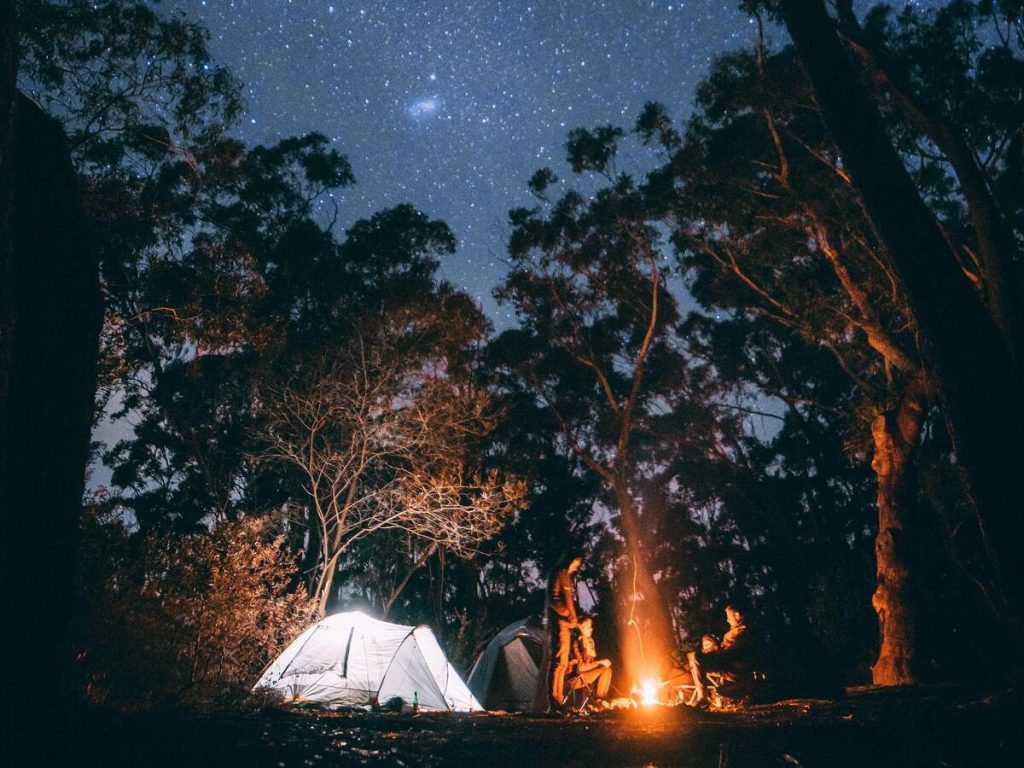
Rules for Dispersed Camping
If you’re planning on dispersed camping, there are a few rules and regulations that you need to follow to ensure a safe and responsible camping trip.
Here are some of the essential rules for dispersed camping:
- If camping with a group of 75 people or more, you must obtain a special use permit from the nearest District Office. This permit is free, but getting it in advance is vital to avoid any issues.
- When dispersed camping, it’s important to be self-contained since no amenities like water, restrooms, or trash cans are provided. Make sure to bring everything you need with you and pack out all your trash and waste.
- To preserve the natural environment, dispersed camping in a particular area is limited to 16 days. Once you’ve reached this limit, you must move on to another dispersed camping spot at least five road miles away. This ensures the area has time to recover and maintain its natural beauty. It’s also worth noting that you can spend up to 16 days of any 30 days in the same dispersed area.
- Placing your campsite at least 100 feet away from any stream or other water source is essential. This helps protect the natural ecosystem and ensures the water remains clean and safe.
- Follow the Leave No Trace guidelines and keep a Pack-In Pack-Out camp when camping. This means packing out trash and waste to keep the campsite clean and minimize your environmental impact.
- Before you go camping, it’s a good idea to contact the local Forest Service office to check if there are any restrictions in place, especially fire restrictions. This ensures that you’re prepared and informed before you start your trip.
- Finally, it’s important to be Bear Aware when camping. Bears are in the National Forest, so camp accordingly and take any necessary precautions to protect yourself and your food.
By following these rules, you can ensure a safe and enjoyable dispersed camping experience while respecting the natural environment.
How do you prepare for Disperse Camping?
Dispersed camping is an excellent way to enjoy the outdoors but requires some preparation to ensure a safe and comfortable trip. Check some tips to help you prepare for dispersed camping:
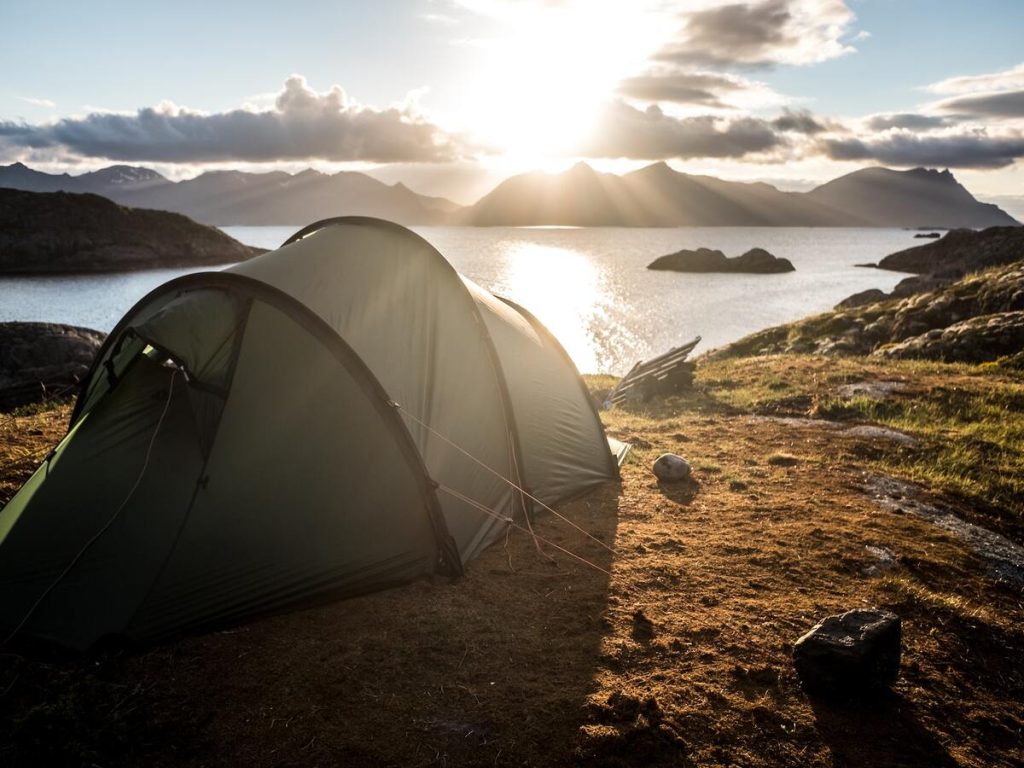
Research the Area:
Before heading out, research where to camp. Find out if any permits are required and if there are any fire restrictions or other regulations you need to be aware of.
If you’re interested in finding out which areas allow dispersed camping, it’s recommended to contact the nearest Forest Service office to your desired location. It’s important to note that typically, dispersed camping isn’t permitted in the vicinity of developed recreational areas like campgrounds, picnic areas, or trailheads.
Many individuals venture into the forest via Forest Service roads to discover a suitable camping spot, perhaps near a stream or with a scenic view of the mountains. However, it’s important to avoid driving on meadows to access your camping site.
It’s recommended to only drive on existing roads when accessing your dispersed camping spot. Dispersed camping is typically allowed within a one-mile radius of campgrounds and 100 feet from any stream. Keeping the campsite within 150 feet of a roadway is best to minimize resource damage.
Choose a campsite:
Look for a suitable camp at least 200 feet away from any water source. Consider the area’s terrain, weather, and wildlife when choosing a spot to set up camp.
- When visiting an area where camping has previously occurred, choosing a site that has been used before is recommended. This is because new campsites can impact plants, soil, and wildlife. Using existing campsites can help minimize your impact on the forest. However, following Leave No Trace guidelines is essential if no existing camps exist.
- Choose a camping spot, not in a meadow or clearing, and avoid camping near a tree with low overhanging branches. Camping 100 feet from any water source is important to protect fragile vegetation.
- Clean the area where you plan to set up camp and create a ring of rocks with a diameter of about two feet. This can help contain your campfire and prevent damage to the surrounding environment.
- If possible, choose a camping spot on bare soil to avoid causing damage or killing plants and grass.
- Avoid camping within 100 feet of any water source, as plants in these areas are often especially fragile.
- Avoid camping in the center of a clearing or meadow; instead, try to find a less visible spot so others can experience a more natural, “wild” setting.
- Refrain from leveling or digging trenches in the ground at your campsite. Instead, choose a spot that is already level and has good drainage for setting up your tent.
- Collect only dead wood already on the ground if you don’t bring your firewood. Do not cut branches off of live trees.
- Bringing your firewood is important if you’re camping in a popular area with no dead wood.
- Remember that animals, insects, and microorganisms in the soil depend on rotting wood on the ground for their survival. So, leave as much dead wood on the ground as possible.
Bring the right gear:
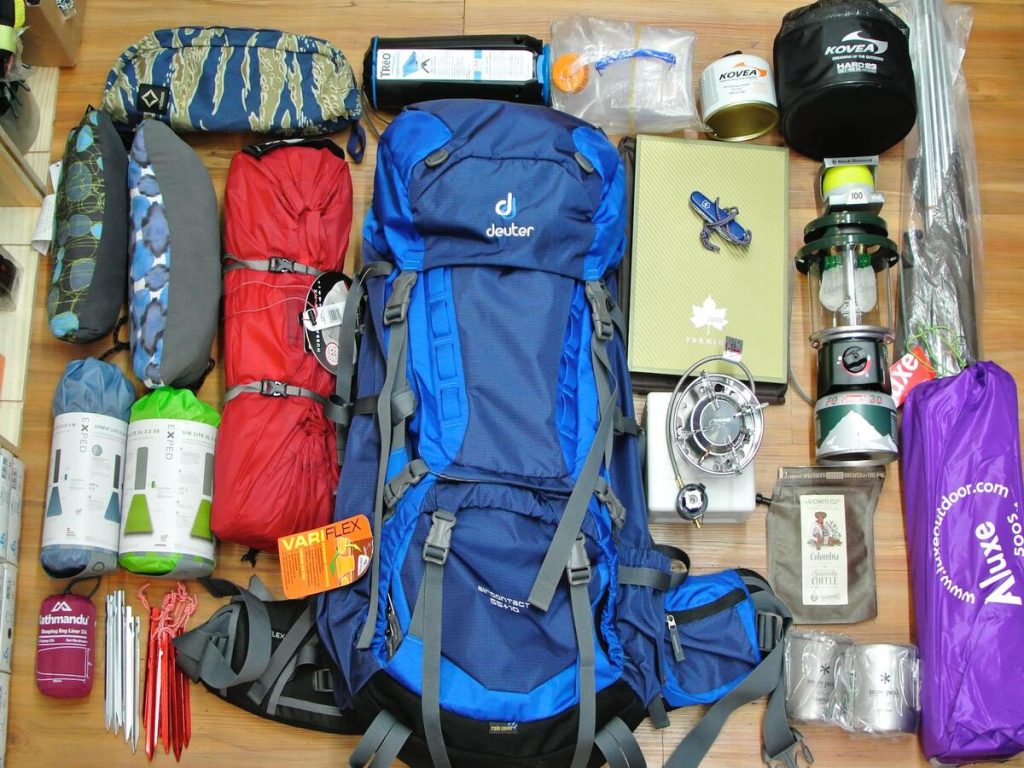
- Make a checklist of all the gear you need, including a tent, sleeping bags, cooking supplies, food, water, and appropriate clothing for the weather conditions.
- Bring a tent, sleeping pad, and sleeping bag if you’re not RVing.
- Pack safety items such as a whistle, compass, flashlight, knife, tire repair kit, and extra layers for warmth.
- Bring printed maps if you don’t have cell phone reception.
- Ensure that you have a gallon of water per person daily and a backup water filtration system.
- Pack enough food to last for the entire duration of your stay.
- Bring a container to store your garbage, as dispersed camping sites generally do not have trash cans.
- Ensure you have everything you need to be fully self-sufficient during your camping trip.
Leave no trace:
Practicing Leave No Trace principles when camping is essential. Pack out all your trash and leave the campsite as you found it.
Be prepared for emergencies:
- Bring a first-aid kit, a map and compass, and a communication device such as a cell phone or two-way radio.
- Pack safety items such as a whistle, compass, flashlight, knife, tire repair kit, and extra layers for warmth.
- If you’re camping in an area with bears and no bear lockers are available, bring bear canisters or odor-proof bags for proper food storage.
Bathroom Etiquette for Outdoor Adventurers
- Visitors who don’t dispose of human waste and garbage properly can contaminate water sources.
- Dispersed camping often means no bathrooms or outhouses.
- To dispose of feces, dig a hole at least 100 feet away from any water source at a depth of six (6) inches.
- After use, fill the hole with the dirt you dug up and pack your toilet paper in a proper waste container.
- Never leave feces or toilet paper on the ground, as it can contaminate the local water source.
Clean Water, Happy Life: How to Treat Your Water
- Drinking directly from natural water sources such as creeks, waterfalls, and lakes were safe.
- However, with an increasing population and visitation to National Forests, water sources have become contaminated with invisible microorganisms.
- These microorganisms can make people very sick and even lead to death in some cases.
- Giardia is a common contamination spread through inappropriate toileting and wild animals.
- It causes diarrhea, cramping, and other physical problems.
- It is important to treat or filter water from natural sources before drinking to avoid illness.
- It’s important to treat water from undeveloped sources to remove harmful contaminants and ensure its safety for consumption.
- The three common methods for treating water are heating it until it comes to a rolling boil, using water purification tablets, or a water purification filter.
- Water from faucets in developed recreation areas is safe to use without treatment as it has already been tested and treated.
- However, it’s always better to avoid caution and treat water from any source if you’re unsure about its safety.
Happy Camping!

